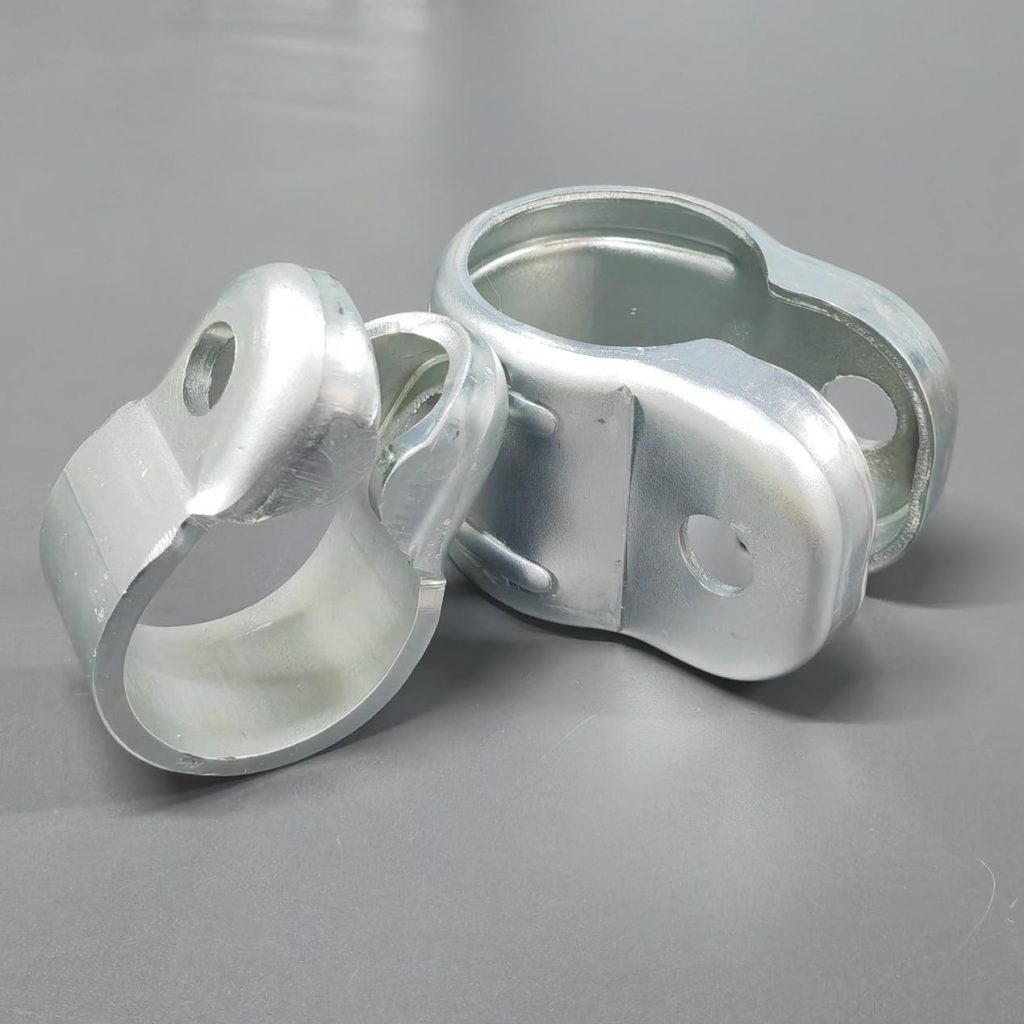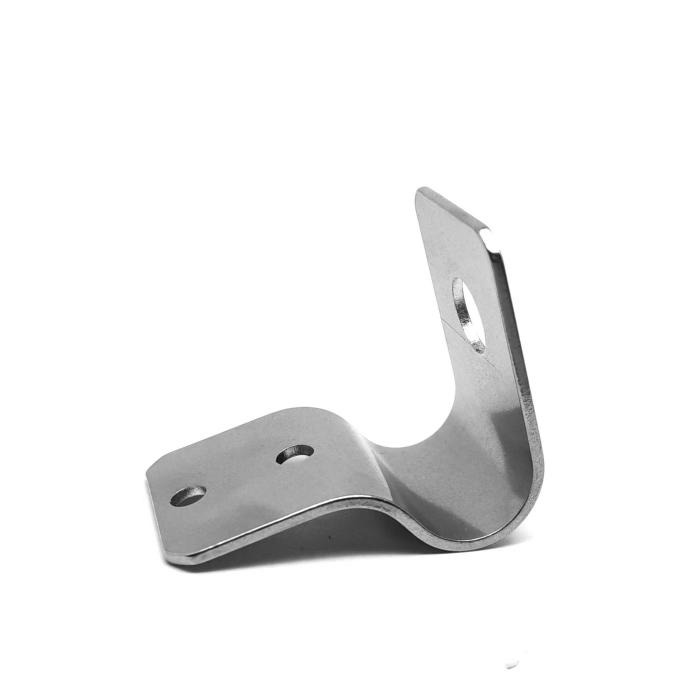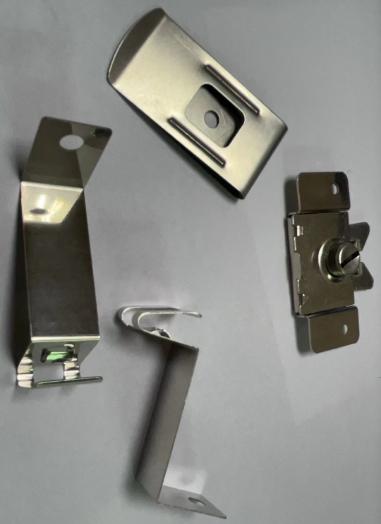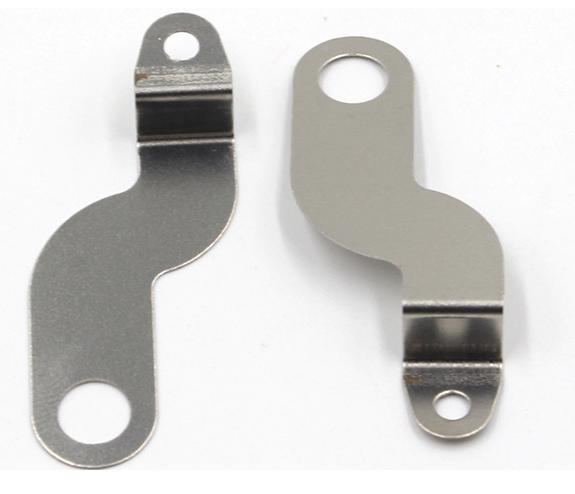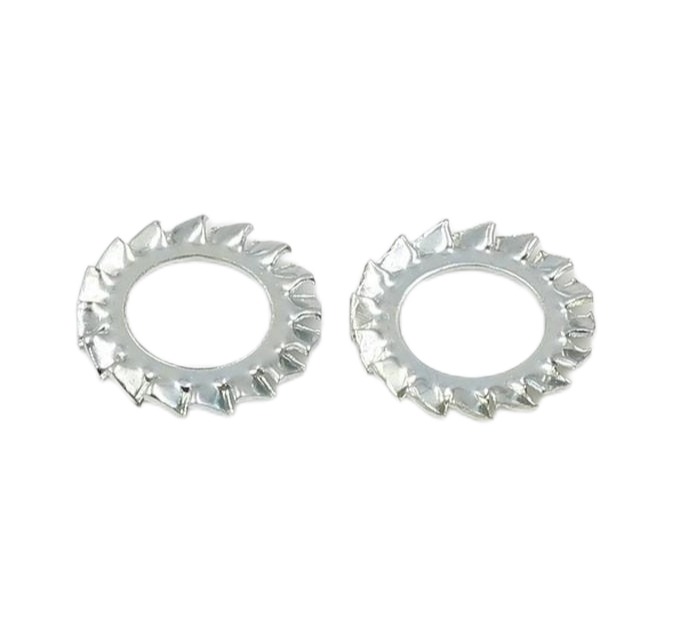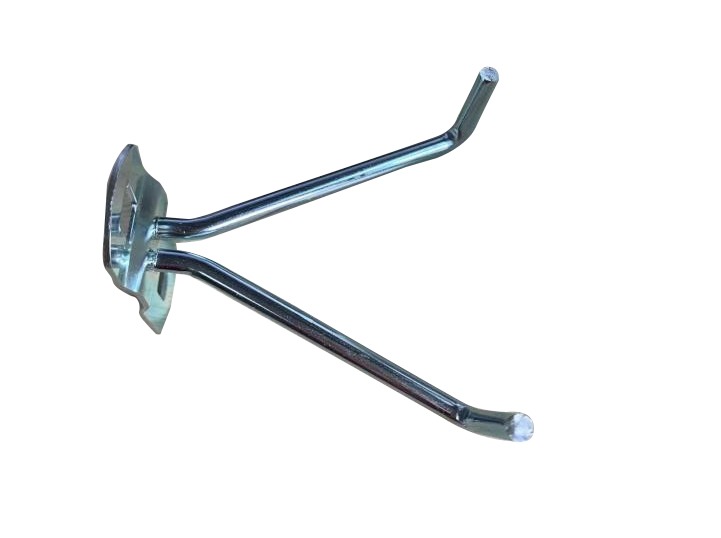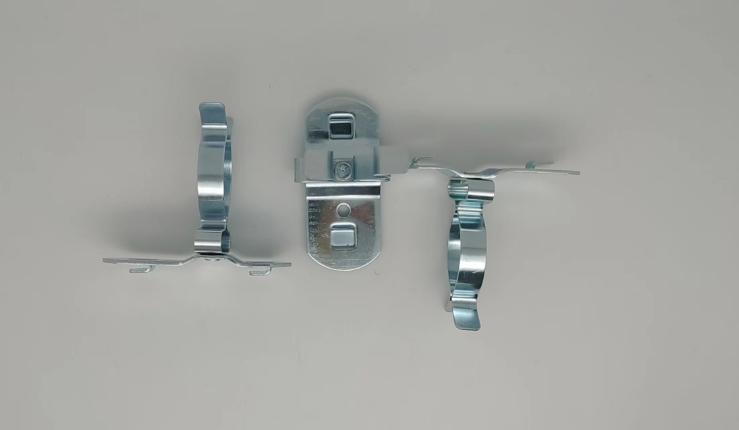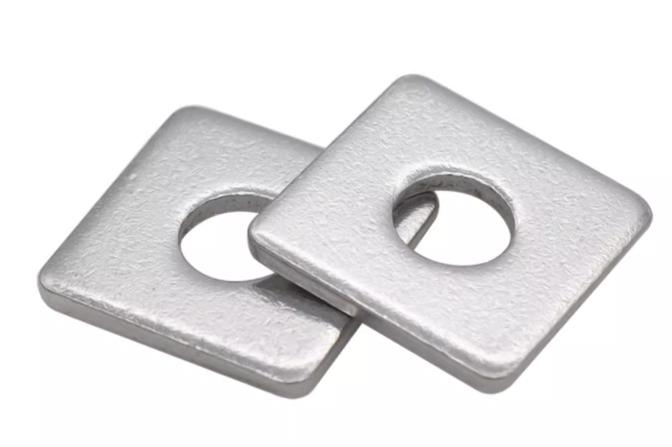Exploring the Role of Metal Stamping in Aerospace and Defense Industries
The aerospace and defense industries demand unparalleled precision, durability, and reliability in their components. One critical manufacturing process that plays a pivotal role in meeting these stringent requirements is metal stamping. Metal stamping, characterized by its ability to produce complex and high-precision parts, has become an integral part of the production ecosystem in aerospace and defense. This article explores the crucial role of metal stamping in these industries, highlighting its applications, advantages, and the evolving landscape of this manufacturing technique.

Applications of Metal Stamping in Aerospace and Defense Industries
Fundamentals of Metal Stamping
Metal stamping is a versatile and extremely efficient process that converts flat metal sheets into precise shapes and forms utilizing techniques such as bending, piercing, blanking, and coining.
Basic Process Steps
| Step | Description |
| 1. Blanking: | Initial cutting or punching of the flat metal sheet to create a blank. |
| 2. Piercing: | Creation of holes or cutouts in the blank for specific features. |
| 3. Forming: | Shaping the blank into the desired form using tools and dies. |
| 4. Bending: | Folding or shaping the metal to achieve the desired geometry. |
| 5. Coining: | Precision stamping to improve surface finish or add specific features. |
Key Components and Tools
| Component/Tool | Functionality |
| Stamping Die: | Tool for shaping or cutting the metal into the desired form. |
| Punch: | Tool used to create holes, cutouts, or shape the metal. |
| Press: | Machine applying force to the metal against the die. |
| Feeder: | Mechanism for advancing the metal sheet through the stamping process. |
| Stripper: | Device to remove the formed part from the punch. |
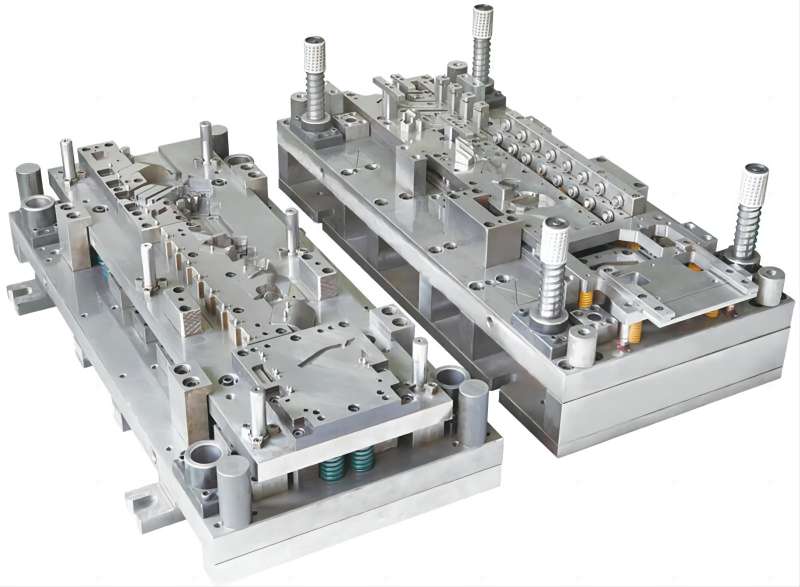
Applications of Metal Stamping in Aerospace Industry
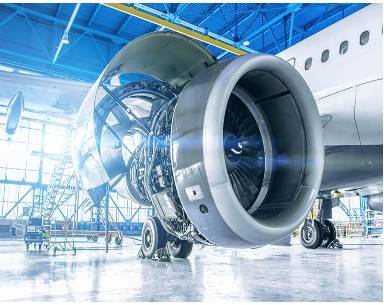
- Precision Engine Components
| Turbine Blades | Compressor Blades | Engine Housings |
| Intricate shapes and tight tolerances | Precision profiles for optimal aerodynamics | Complex structures with precision |
- Aircraft Structural Components
| Wing Ribs | Fuselage Panels | Bulkheads |
| Lightweight yet robust structures | Complex shapes for aerodynamic efficiency | Structural elements for strength |
- Avionics and Electronics Housings
| Electronic Component Housings | Enclosures for Avionics |
| Electromagnetic shielding for protection | Precision housings for sensitive electronics |
Applications of Metal Stamping in Defense Industry
- Military Vehicle Components
| Armor Plates | Chassis Components | Structural Elements |
| High-strength materials for protection | Sturdy components for vehicle structure | Essential elements ensuring structural integrity |
2. Firearms and Ammunition
| Firearm Components | Ammunition Casings |
| Precision components for firearm assembly | Casings with consistent dimensions for reliable ammunition |
3. Communication and Surveillance Equipment
| Housings for Equipment | Enclosures for Electronics |
| Robust housings for communication devices | Protective enclosures for surveillance electronics |
Advantages of Metal Stamping in Aerospace and Defense Industries
1. High Precision
Metal stamping offers unparalleled precision, allowing for the fabrication of components with tight tolerances and sophisticated designs required for aerospace and defense applications.
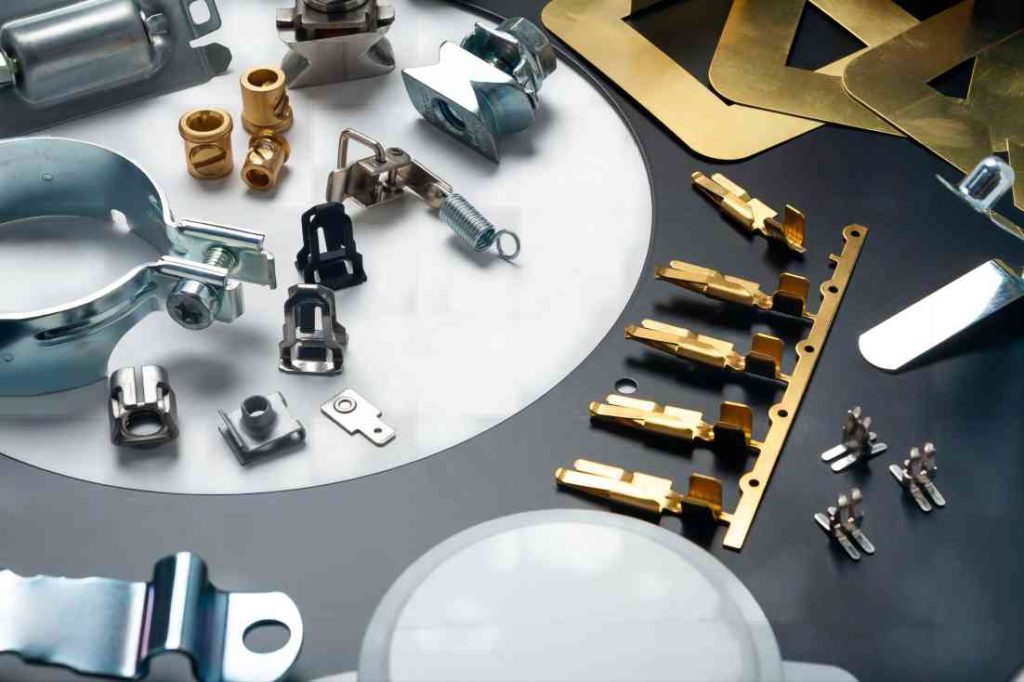
2. Cost-Effectiveness
The efficiency of metal stamping in mass manufacturing adds to its cost-effectiveness, making it the favored method for producing large amounts of standardized components.
3. Material Utilization
Metal stamping reduces material waste, making better use of raw materials and coinciding with the growing emphasis on sustainability in manufacturing.
4. Durability and Consistency
Metal stamped components are extremely durable and consistent, satisfying the stringent requirements of aerospace and defense applications where reliability is critical.

Evolving Trends of Metal Stamping in Aerospace and Defense Industries
1. Advanced Materials Integration
a. Titanium and High-Strength Alloys
- Increased Demand: The aerospace and defense industries are witnessing a growing demand for components made from advanced materials such as titanium and high-strength alloys.
- Enhanced Performance: Metal stamping processes are evolving to accommodate these materials, enabling the production of lightweight yet strong components that contribute to enhanced overall performance.
b. Composite Material Stamping
- Lightweight Structures: Stamping is being adapted for the production of components using composite materials, contributing to the development of lightweight structures crucial for aerospace applications.
- Hybrid Approaches: Hybrid approaches that combine traditional metal stamping with composite materials are gaining traction, offering a balance between strength and weight reduction.
2. Precision and Micro Stamping
a. Miniaturization Trends
- Miniaturized Components: The demand for smaller and lighter components in aerospace and defense systems has led to the rise of precision and micro stamping.
- Tolerance Challenges: Evolving stamping technologies are addressing the challenges of tight tolerances and intricate designs, allowing for the production of micro components with high precision.
3. Smart Manufacturing and Industry 4.0
a. Digital Integration
- Sensor Integration: Metal stamping equipment is increasingly integrated with sensors to monitor real-time performance, providing data for predictive maintenance and process optimization.
- Data Analytics: The adoption of data analytics in metal stamping processes enables manufacturers to gain insights into production efficiency, quality control, and potential areas for improvement.
b. Automation and Robotics
- Robotic Stamping Cells: The use of robotics in stamping cells is enhancing automation, reducing manual labor, and improving efficiency in the production of aerospace and defense components.
- Flexible Manufacturing Systems: Industry 4.0 principles are driving the development of flexible manufacturing systems that can adapt to changing production needs, optimizing resource utilization.
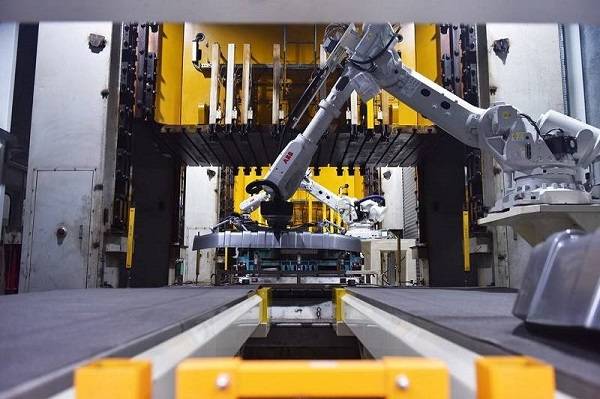
4. Environmentally Friendly Practices
Material Recycling
- Sustainable Materials: Metal stamping processes incorporate sustainable materials, and there is an increased emphasis on recycling and reducing the environmental impact of manufacturing.
- Waste Reduction: Technologies that minimize material waste during stamping contribute to environmentally friendly practices and align with the industry’s sustainability goals.
5. Multi-Material Stamping
Hybrid Component Production
- Combining Materials: Multi-material stamping allows for the creation of hybrid components, combining the strengths of different materials to meet specific performance requirements.
- Reduced Assembly Steps: The integration of multiple materials in a single stamping process can reduce the need for additional assembly steps, streamlining production.
6. Adaptive Control Systems
Real-Time Adjustments
- Dynamic Parameter Control: Adaptive control systems in metal stamping equipment enable real-time adjustments based on variables such as material properties, ensuring consistent part quality.
- Optimized Energy Usage: Adaptive systems contribute to optimized energy usage by adjusting parameters like press force and speed, reducing energy consumption during the stamping process.
7. Supply Chain Integration
Digital Connectivity
- Integrated Supply Chains: Metal stamping is becoming part of digitally connected supply chains, facilitating seamless communication between manufacturers, suppliers, and end-users.
- Demand-Driven Production: Improved connectivity allows for demand-driven production, minimizing lead times and ensuring timely delivery of components to meet aerospace and defense project timelines.
Conclusion
Metal stamping has become an essential component of the aerospace and defense industries, delivering the precision and efficiency required to meet these industries’ high requirements. From aircraft components to defense equipment, metal stamping’s adaptability and dependability help to produce high-quality, robust, and reliable components that ensure the safety and performance of aerospace and defense systems. Metal stamping will continue to be an important manufacturing process as technology advances, adapting to new materials, processes, and industry standards in order to achieve excellence in aerospace and defense applications.

